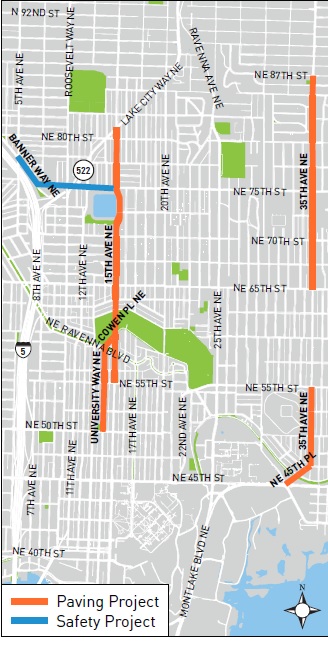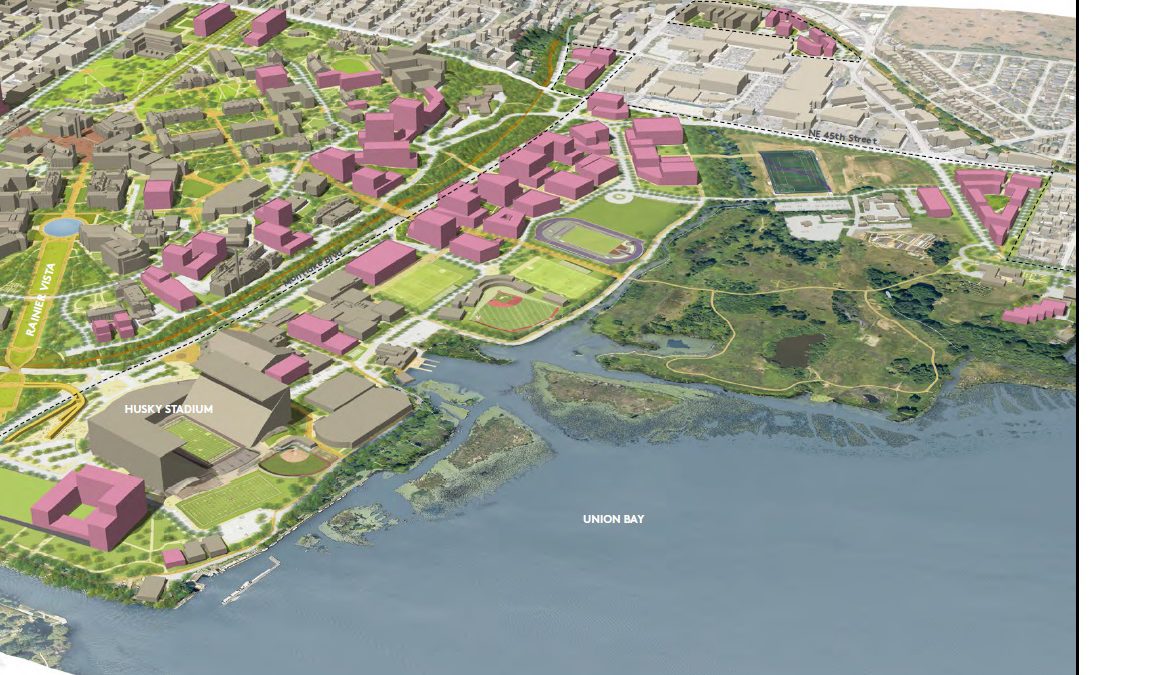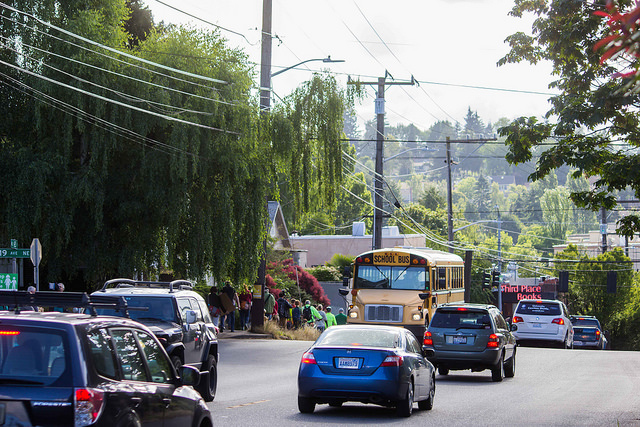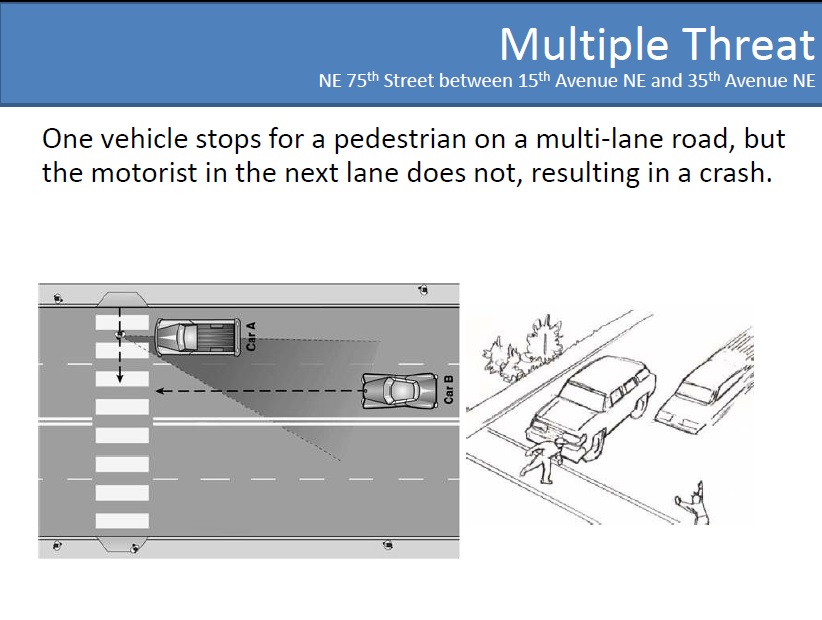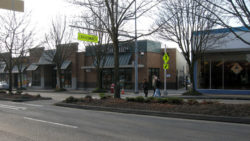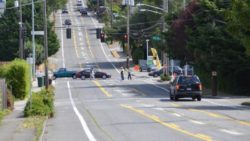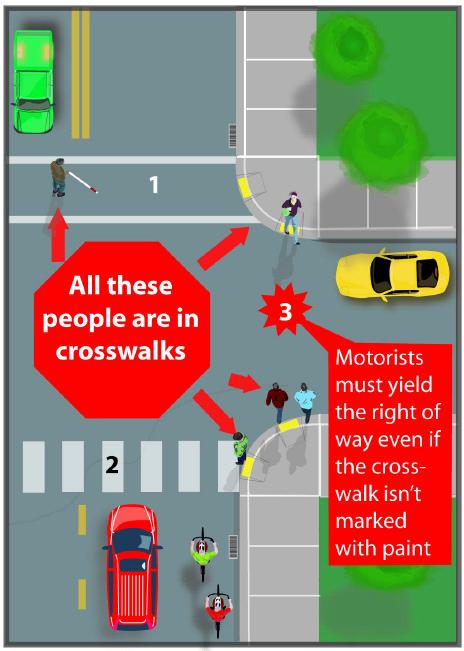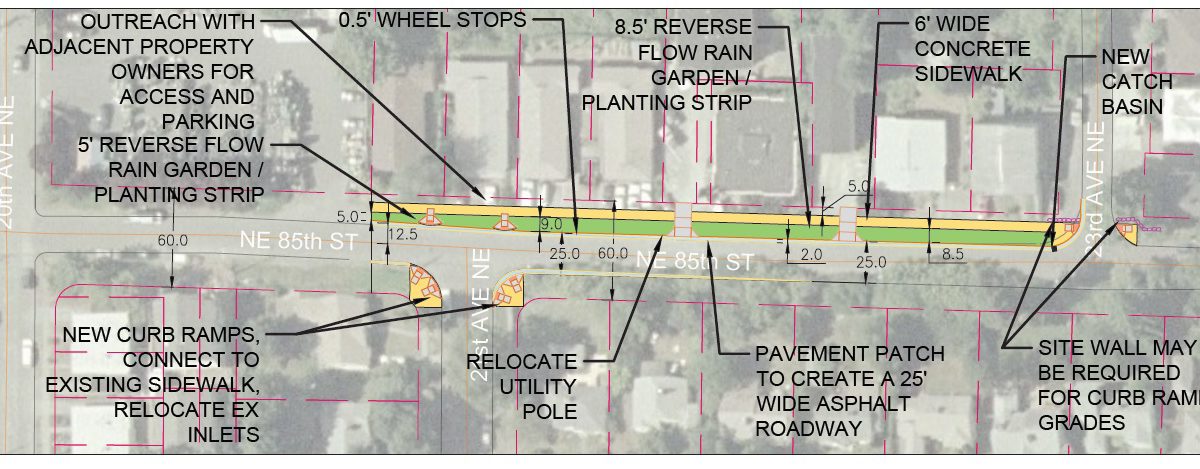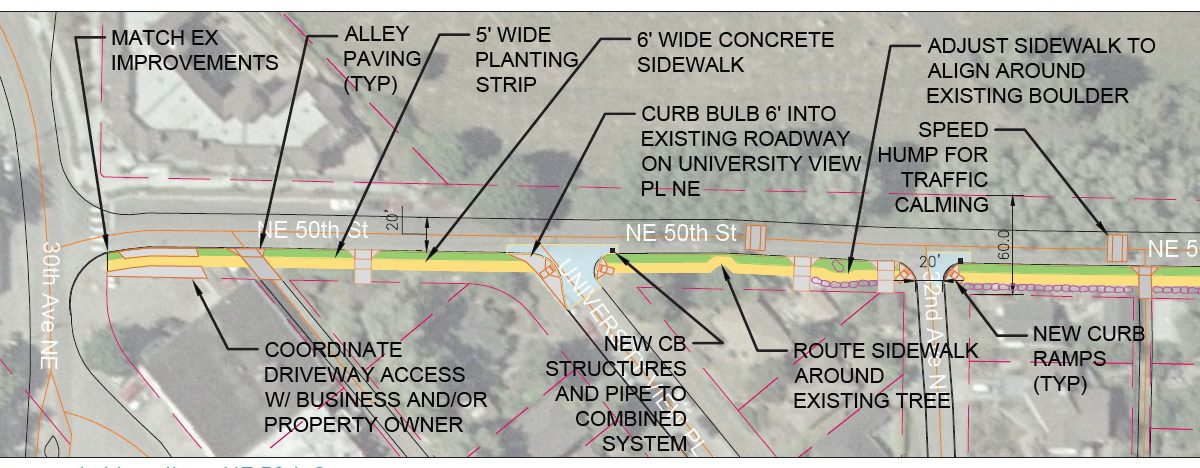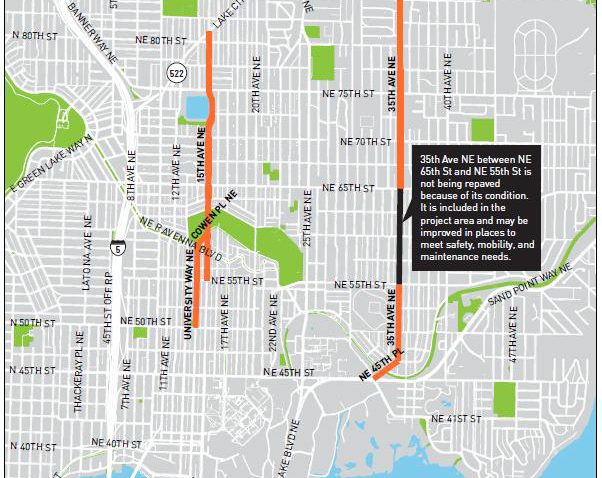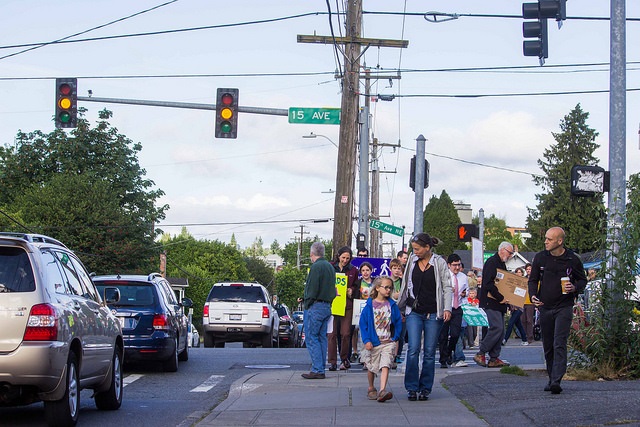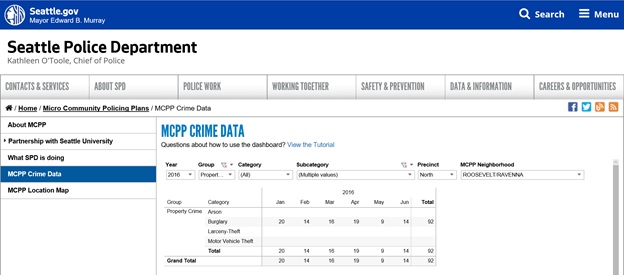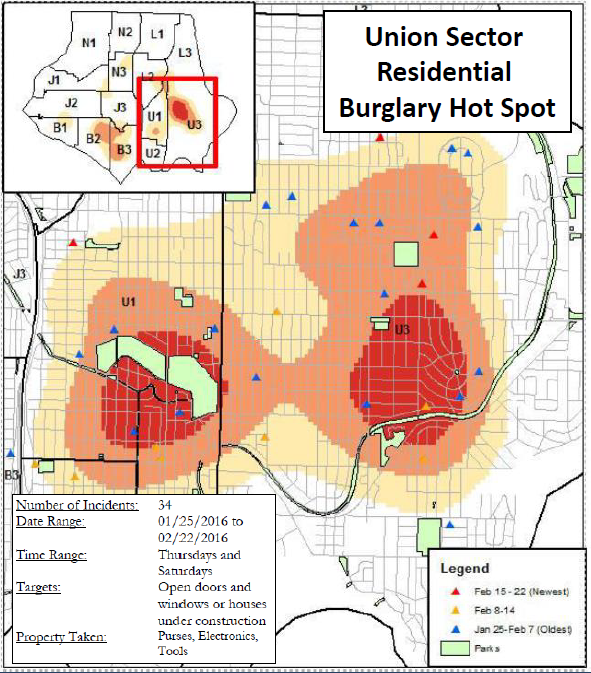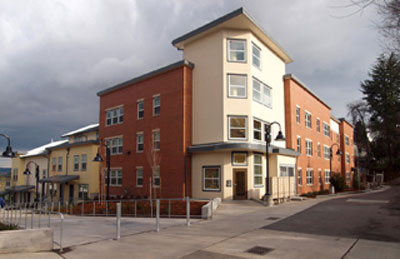Over the last three years, 68 people were sent to the hospital and one person died after crashes on NE 65th Street between Ravenna Blvd and 35th Ave NE. Crashes injured pedestrians, bikers, and, most of all, motorists. It is with these numbers and with community members consistent and ongoing reports of near misses on NE 65th Street that the RBCA board and the Roosevelt Neighborhood Association board sent a letter to Mayor Murray, Councilmember Johnson, and Councilmember O’Brien requesting that the Seattle Department of Transportation fix the unsafe street.
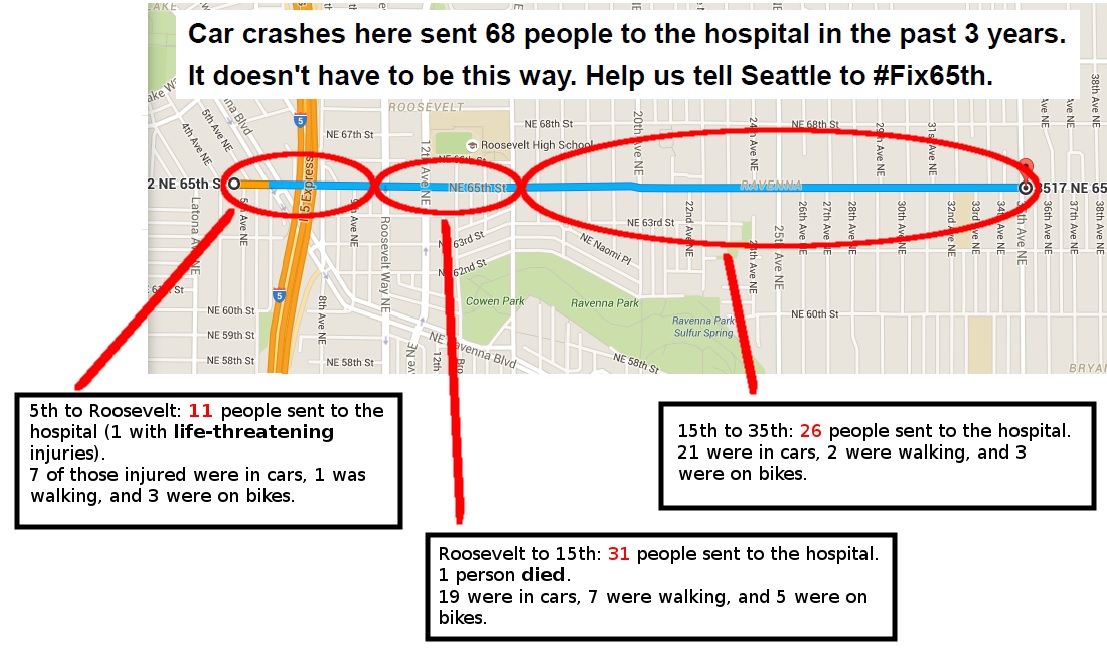
Here is the letter:
Dear Mayor Murray and Councilmembers Johnson and O’Brien,
We work with and represent a community of more than 25,000 neighbors who reside near and along a stretch of NE 65th Street that is patently unsafe. NE 65th is not simply a neighborhood thoroughfare; it is vital to our two business districts, the city’s highest-use community center, multiple schools, a senior living facility, frequent bus transit and people who live, work, and play in NE Seattle. It is a critical path to and from Interstate-5, and the route into Magnuson Park, Northeast Seattle’s largest park. Unfortunately, it also includes one of the top ten most dangerous stretches of road in Seattle. Over the past three years alone between Ravenna Blvd and 35th Ave NE, 68 people have been sent to the hospital by collisions and one local father, Andy Hulslander, was killed as he biked home from work.
Poor street design has contributed directly to the tragically high rate of injuries along NE 65th Street. Sections of the road appear to be four lanes across; others, two. Missing left-turn lanes for vehicles cause “passing on the right” scenarios that endanger bicyclists, pedestrians and other drivers. Off-set street corners on much of 65th make it extremely difficult to cross, and vehicles most often fail to yield to people who are walking.
Seattle’s VisionZero efforts are laudable, but NE 65th Street fails that test. Safe Routes to School is making improvements for the safety of our children, but does not address NE 65th Street which runs right through our elementary, middle, and high school attendance areas. Roosevelt and Ravenna each have hundreds of new homes currently under development along 65th – people who will walk, take transit, ride bicycles, and drive along this stretch. The Roosevelt Light Rail station will open in 5 short years, multiplying street and sidewalk users in Roosevelt. Seattle 2035 identifies a 10-minute walk shed around the station with NE 65th bisecting it. Our Bicycle Master Plan implementation does not include any infrastructure improvements in northeast Seattle for the next five years. Recent Ravenna neighborhood surveys show more people would use alternative modes in the business district if they felt more safe doing so, and that speeds on 65th make it nearly impossible to cross safely.
This is entirely unacceptable and dangerous to the neighborhood residents and frequent users of NE 65th, and should be unacceptable to our public officials as well. We are not willing to stand idly by while neighbors continue to be hurt. The need for safe routes to and through our neighborhoods for all users has never been greater.
We are confident that the City of Seattle will be a thoughtful and deliberate partner in moving forward with a street redesign to significantly improve safety for all users.
The Roosevelt Neighborhood Association (RNA) and Ravenna Bryant Community Association (RBCA) formally request that Seattle Department of Transportation immediately fund and begin a study, and a comprehensive public process, to make safety improvements to NE 65th between 35th Avenue NE and NE Ravenna Blvd.
Specific concerns we want to see addressed along this corridor include:
- Excessive speeding
- Insufficient number of safe crossings
- Long waits for walk signals
- Driving lane orientation
- Dangerous intersections
- Unsafe sidewalks
- Unsafe bicycle infrastructure
- Insufficient parking
Thank you for the opportunity to voice our concerns about Northeast 65th Street. We look forward to accelerating these efforts and working in partnership with you as we implement a safer solution to this dangerous thoroughfare.
Respectfully,
Ravenna-Bryant Community Association
Roosevelt Neighborhood Association
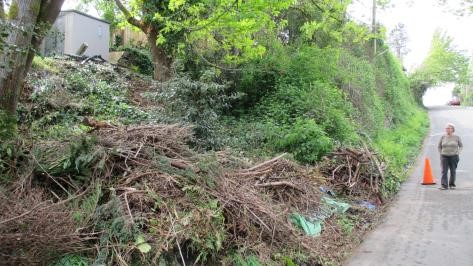
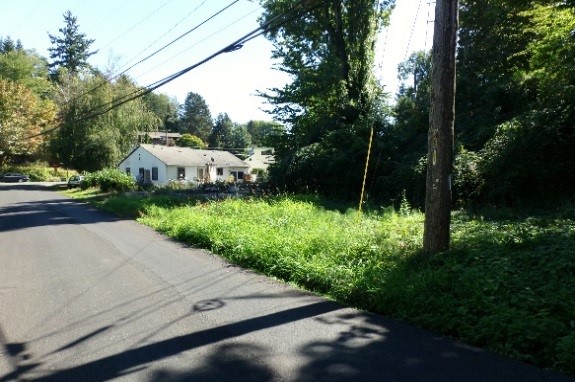

 From the Seattle Police Department:
From the Seattle Police Department: